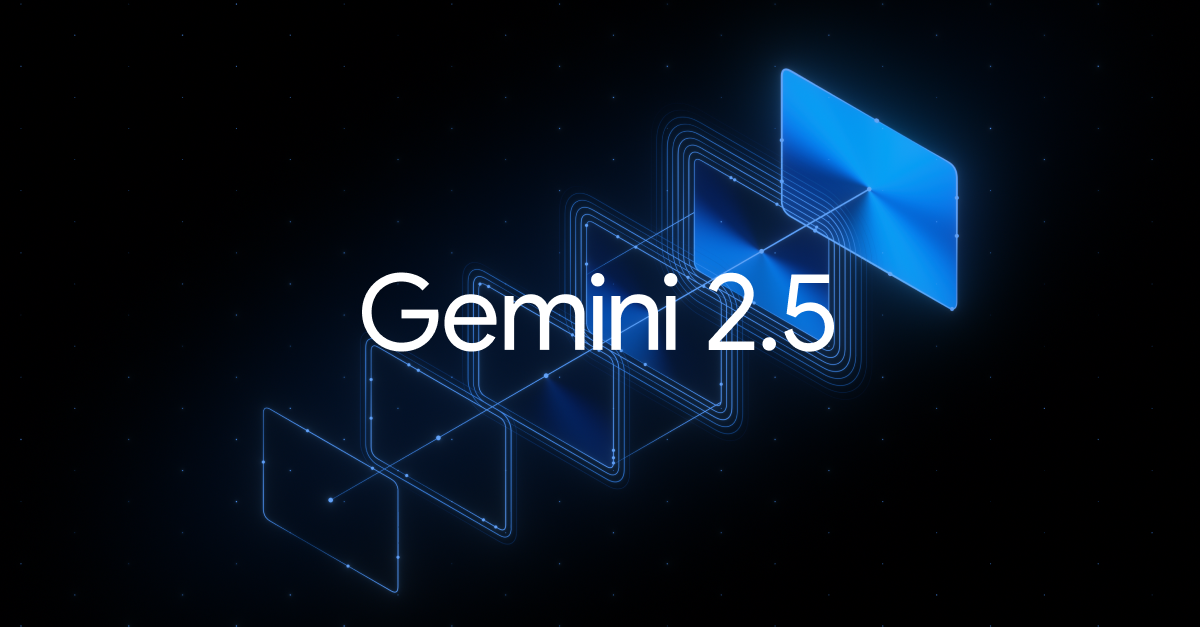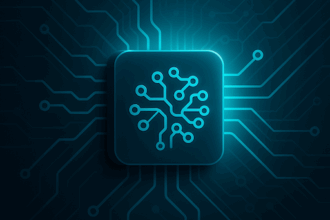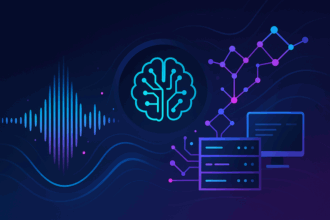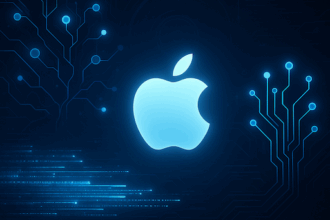Unveiling Gemini 2.5: Google’s Latest AI Powerhouse and the Evolution of LLM Understanding
Introduction
The artificial intelligence landscape is experiencing another seismic shift with Google’s release of Gemini 2.5, alongside breakthrough research in understanding large language models (LLMs). As we navigate these developments, it’s crucial to understand their implications for businesses and developers alike. This post explores the latest advancements and what they mean for the future of AI implementation.
Gemini 2.5: A New Frontier in AI Capabilities
Enhanced Multimodal Processing
Gemini 2.5 represents a significant leap forward in AI reasoning capabilities. With its impressive 1 million token context window, the model can process and understand vast amounts of information at once – imagine being able to analyze an entire book’s worth of content in a single pass. The model’s advanced multimodal capabilities enable it to seamlessly handle text, images, and code, making it a versatile tool for various applications.
Self-Fact-Checking Innovation
One of the most intriguing features of Gemini 2.5 is its advanced self-fact-checking mechanism. This capability addresses one of the most persistent challenges in AI: reliability and accuracy. For businesses, this means reduced risk of AI-generated misinformation and more dependable outputs.
Breaking Open the Black Box: Advances in LLM Research
Understanding the Inner Workings
Researchers have achieved a significant breakthrough in developing methods to probe LLMs. This advancement is akin to creating a diagnostic tool that can peek inside the “brain” of AI models. By understanding how these models process information, we can potentially:
- Optimize model performance
- Enhance efficiency
- Improve reliability
- Reduce computational costs
The Market Landscape: OpenAI’s Continuing Dominance
Despite new entries like Gemini 2.5, OpenAI maintains an impressive 87% usage rate among developers. This dominance reflects several factors:
- Established trust in the developer community
- Robust API infrastructure
- Consistent performance
- Extensive documentation and support
Practical Implications for Businesses
Integration Considerations
When evaluating Gemini 2.5 for your organization, consider:
- Data security implications of using a proprietary model
- Cost-benefit analysis compared to existing solutions
- Technical requirements for implementation
- Potential impact on current workflows
Future-Proofing Strategy
The ability to probe LLMs opens new possibilities for:
- Better model selection
- More efficient training processes
- Enhanced transparency in AI decision-making
- Improved debugging capabilities
🔑 Key Takeaways:
- Gemini 2.5 offers advanced multimodal processing with a 1M token context window
- New research enables better understanding of LLM internals
- OpenAI maintains 87% market dominance despite new competitors
- Consider security and integration factors when adopting new AI models
Conclusion
The release of Gemini 2.5 and advances in LLM research mark important milestones in AI development. While OpenAI’s dominance continues, the expanding capabilities of new models and improved understanding of LLM functionality provide exciting opportunities for innovation. Organizations should carefully evaluate these developments against their specific needs and security requirements while staying informed about ongoing advancements in the field.





